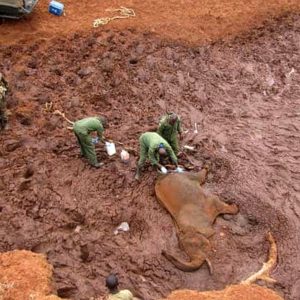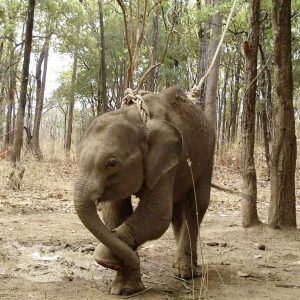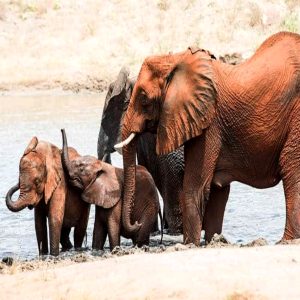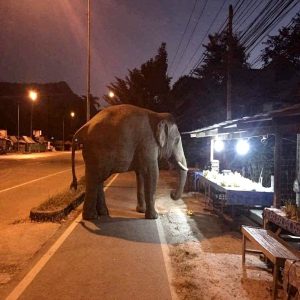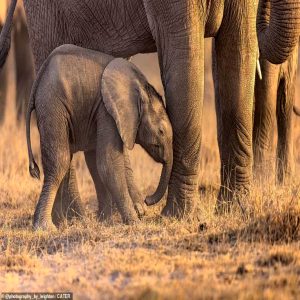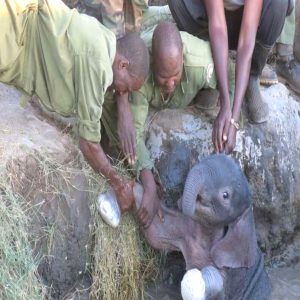The Rosamond Gifford Zoo in Syracuse, New York, recently witnessed an extraordinary event as Mali and Doc, two proud Asian elephant parents, welcomed a pair of rare twin elephants on October 24. This remarkable occurrence made headlines due to its exceptional rarity.
Elephants giving birth to twins is an extraordinary phenomenon, with less than 1% of cases resulting in a successful twin birth. One of the twins often does not survive due to stillbirth or frailty.

These twin elephants born in Mali are now the first surviving twin elephant cases in the United States.
While successful twin elephant births have been recorded in some Asian and African nations, this event holds special significance.

The zoo is jubilant at the birth of Mali’s offspring, which marks a significant victory in the ongoing efforts to conserve the endangered Asian elephant species.
The first-time mother, Mali, gave birth to a healthy male calf weighing 220 pounds at 2 a.m. However, a surprising twist occurred when, ten hours later, a second male calf weighing 237 pounds was born.
Although initially weaker, the zoo’s animal care team and veterinary staff acted swiftly to provide the necessary care.

The mother elephant and her twin calves are in good health at the Rosamond Gifford Zoo. The zoo’s staff is keeping a vigilant 24/7 watch over them to ensure their continued well-being.
The unexpected birth of twins was due to the complexity of elephant ultrasounds, but the zoo was well-prepared with specialized milk replacer to support the second calf’s strength.
The zoo director commended his team for their professionalism and expertise in caring for the new elephant family under pressure.

Survival rates for twin elephants are meager, making their birth infrequent and remarkable.
The Rosamond Gifford Zoo has highlighted the importance of ongoing research in elephant care, particularly in areas related to Elephant Endotheliotropic Herpes Virus (EEHV).
Researchers have transported Mali’s placentas to Baylor University for study to understand better and combat EEHV.

The ultimate goal is to use the findings from this research as a crucial step toward developing a vaccine for EEHV in elephants.
